You nurture a mulberry tree in your backyard, but you may wonder if it's invasive. Don't fret! We have done the research to deliver the best answer to you.
Yes, mulberry trees are invasive, especially the white species. The tree grows fast and uncontrollably. It has dense foliage and shallow roots that can extend up to 40 feet. With its rope-like roots, the tree can damage your property, the environment, and even your health.
In this post, we will discuss the invasive characteristics of trees in general and then focus on the mulberry tree. We will dig deep into the growth of its leaves and roots, which makes the plant invasive. Stay on this page to learn more about the mulberry tree.
What Makes A Tree Invasive?
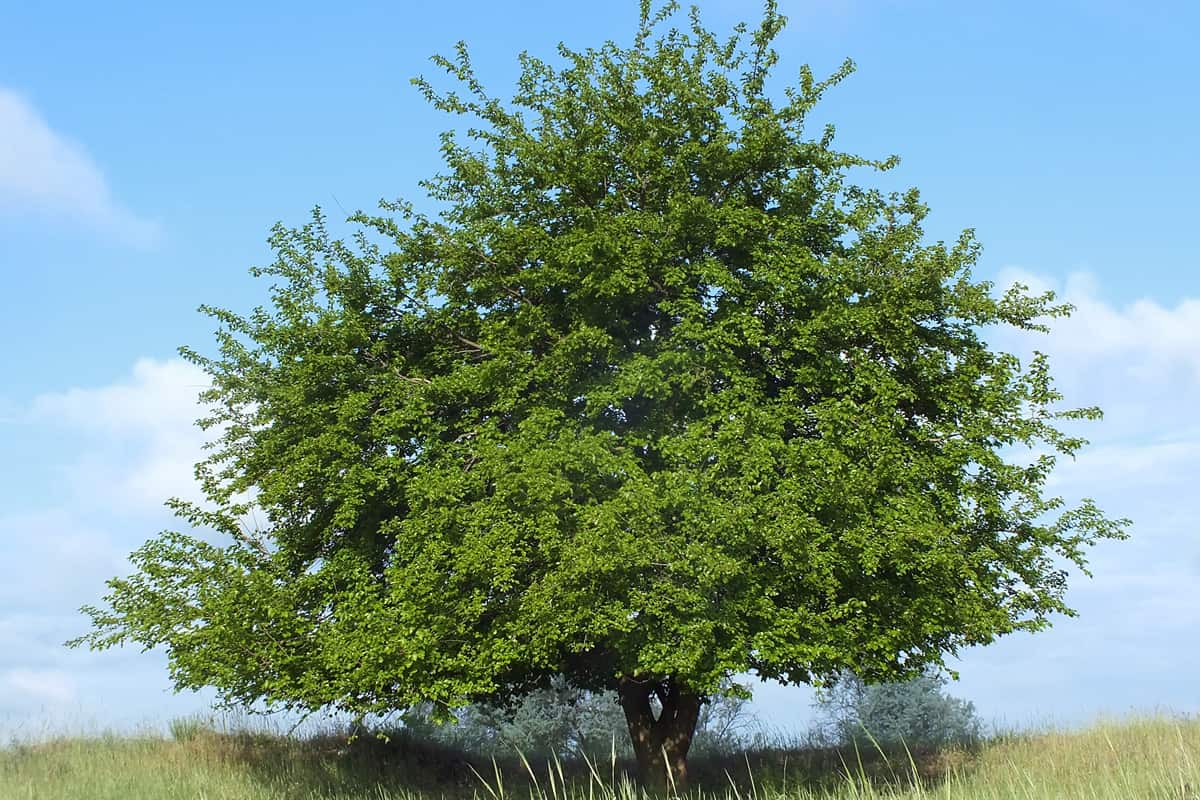
A tree known to be invasive isn’t a pleasant phenomenon. Aggressive and hostile are some of the words that describe invasive trees. On a larger scale, such trees may be a threat to the ecosystem.
Invasive trees can be attractive at first glance, but if you allow them to proliferate in your backyard, they can create problems over the long haul. They may damage the environment and your property.
The mulberry tree isn't an exception. It is an invasive tree.
What Do Mulberry Leaves And Roots Look Like?

Mulberry trees are classified as medium to large deciduous trees. They grow fast, up to 40 feet tall, with dense leaves and branches forming a round crown. The diameter is roughly equal to its height. So you would imagine how big the tree can grow when it reaches maturity.
The roots of the mulberry tree are sturdy and strong, like a thick rope. From the trunk, the growth stretches 15-45 feet long. The smaller roots reach over 75 feet.

You can readily notice a mulberry tree due to its expansive and shallow roots. It is shallow since it grows only two to three feet beneath the topsoil.
It is expansive because it grows horizontally above the ground rather than deeply anchored into the soil. This lateral growth becomes apparent since most roots grow above the ground.
The horizontal growth of the roots expands aggressively outward, which can equal the tree's height. It may even extend up to three times the width of the tree. The roots can grow and travel far. However, the root thickness sharply decreases six to nine feet from the trunk, less than two inches in diameter.

The soil quality affects the lateral growth of the roots. If the soil is poor and compact, the roots will still grow and extend further until they get to the appropriate soil that can provide them with sufficient air, nutrients, and water.
What Makes Mulberry Roots Invasive?
The mulberry tree is well-known to be invasive because of the nature of the growth of its roots. The healthy, robust roots grow fast. They can grow aggressively in all directions. Here are the adverse effects of this root behavior.
Alters The Landscape
The area where the roots travel and grow is so wide that it can significantly change the landscape of your backyard and even beyond. Aggressive growth can disturb the soil, eliminate existing fauna, and dominate the landscape.
The roots may stretch outward in all directions and can be unsightly. Experts say that the roots may be a threat to the ecosystem.
Leads To Crowding
Since the roots love water, they tend to deprive surrounding plants of water and nutrients. This creates crowding and discourages the growth of outlying plants. Aggressive roots also take up space that could have been filled by other plants.
Creates A Tripping Hazard
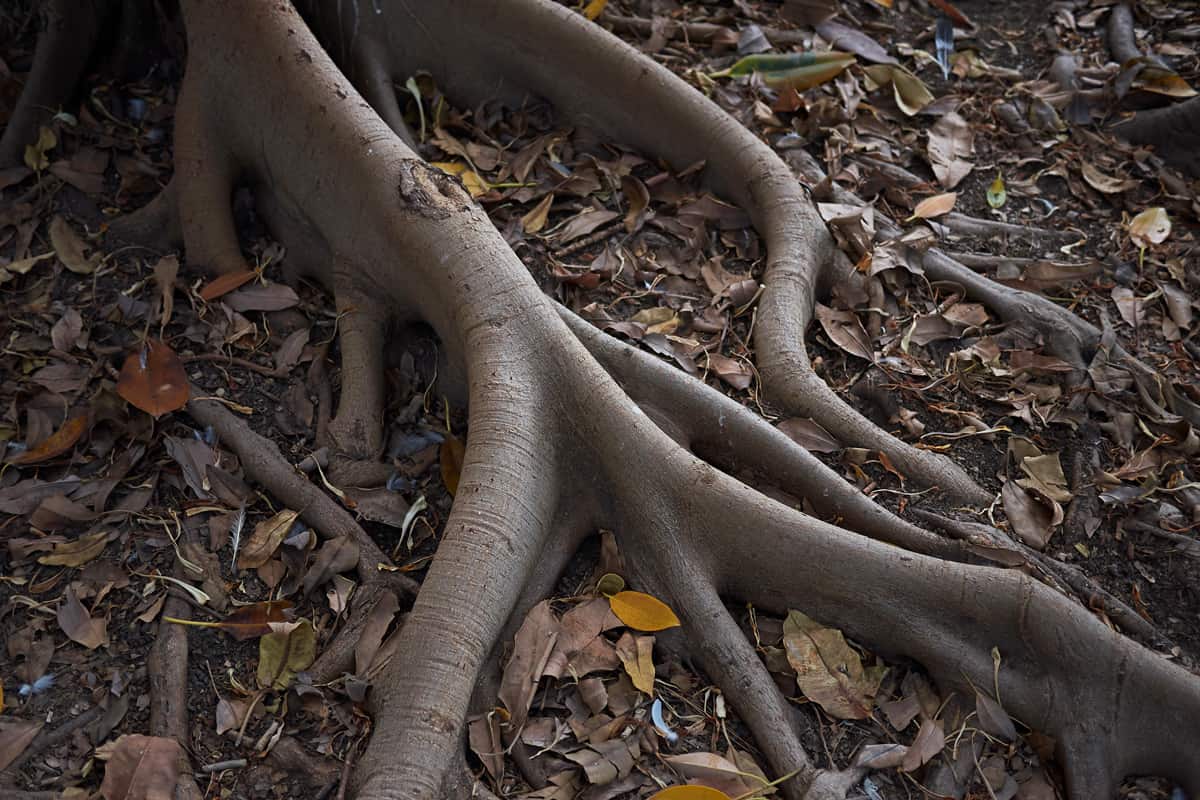
Since the roots often grow above the ground, they can create a tripping hazard to anyone walking in your backyard or the vicinity.
Damages Plumbing Pipes, Sewer, And Sprinkler Systems
The roots thrive wherever there's water. The root growth will follow the water source. The aggressive roots can squeeze and seep through the small cracks and openings of utility pipes, sewer, and sprinkler systems.
The strength of the root growth may even cause pipes to burst, resulting in leaks and a waste of resources. This may entail costly repairs.
Uproots Pavement
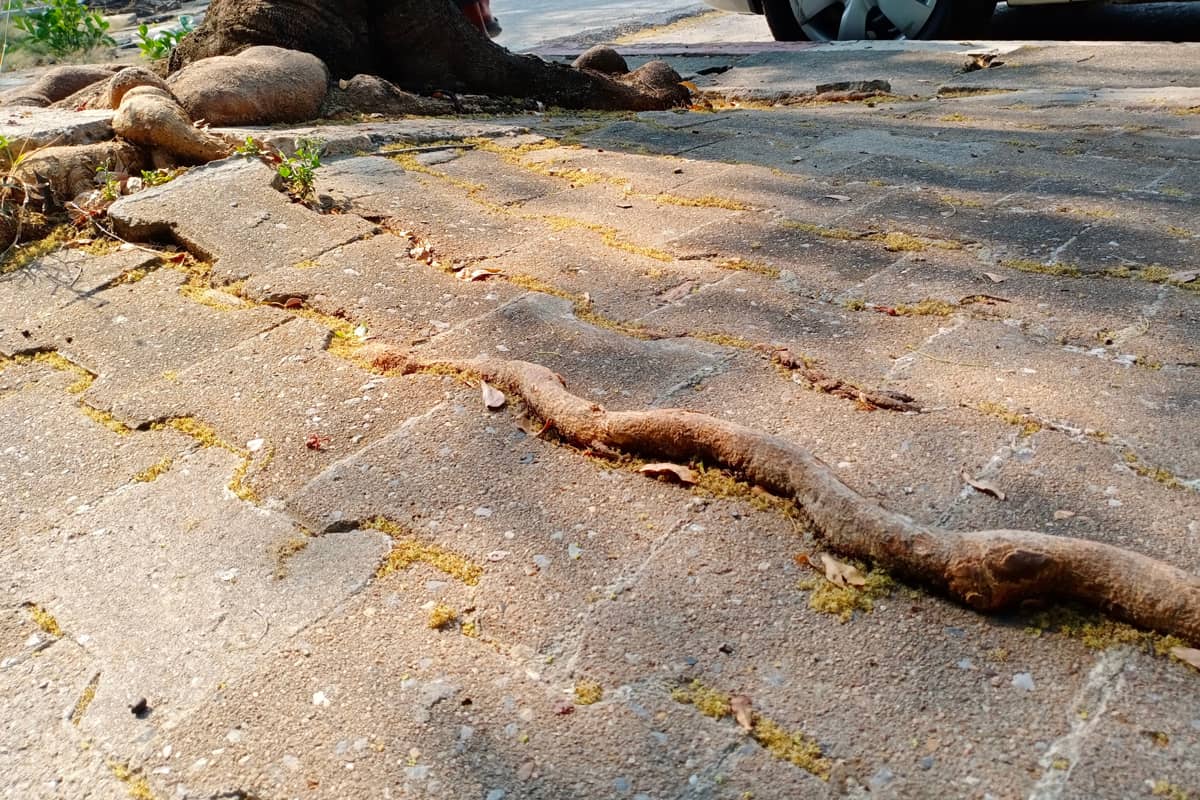
The shallow roots are just two to three feet underground and proliferate in all directions. The aggressive growth can tear apart concrete above the topsoil. The roots can damage your driveways, walkways, patio, and other exterior spaces.
Additionally, the roots can uproot or displace non-load-bearing walls such as sheds and garages.
Damage from roots can significantly impact the curb appeal of your property. The potential damage can devalue your property if you intend to resell it. Resolving the damage can entail costly and major repairs.
Causes Soil Erosion
The roots can create a buckling effect on the soil as they grow. The soil may give way due to the weight and strength of the roots. This condition creates soil subsidence.
Soil subsidence tends to make the soil less compact, thus inducing soil erosion. This will significantly affect the grading of the ground, which is a serious concern if it happens within and around your property.
Threatens Your Home's Foundation
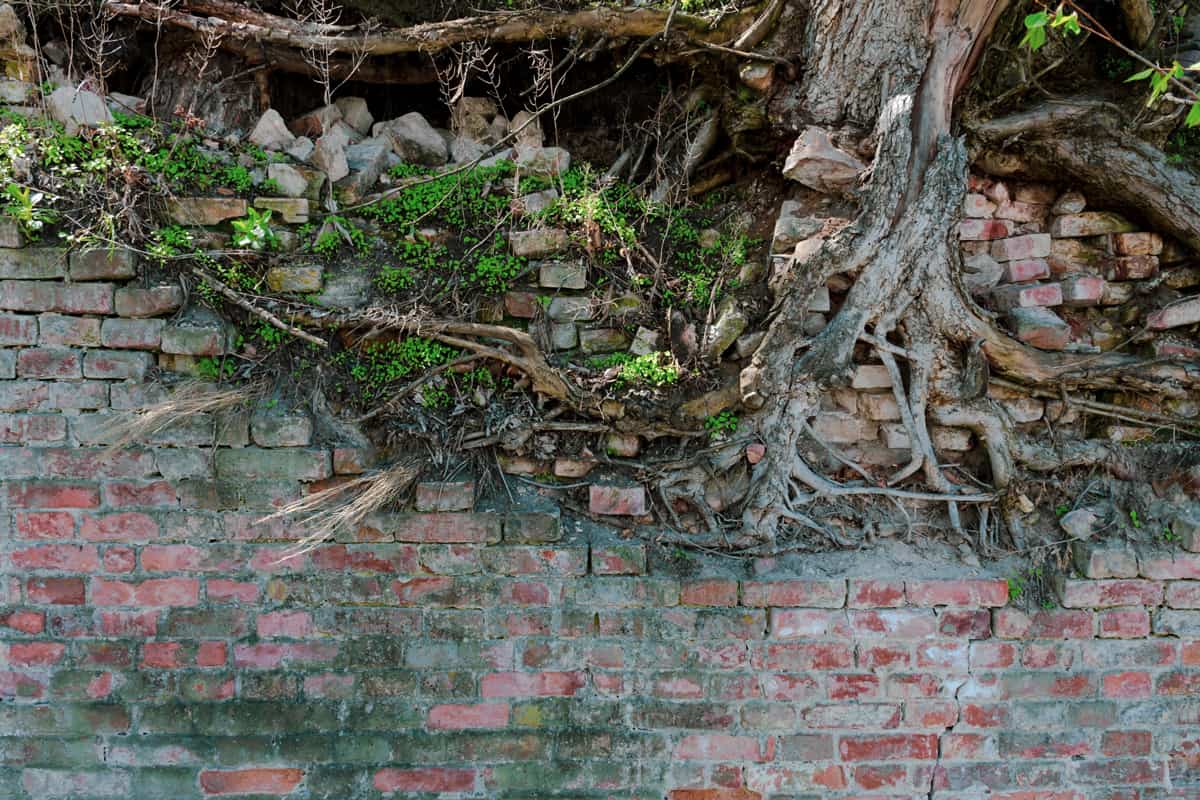
The ground near the foundation is most likely to be wet often due to the water dripping from the gutters and downspouts. The wet soil makes it more inviting for the mulberry roots to grow.
The aggressive roots can disturb the soil near and beneath the foundation. The roots will rapidly dehydrate the soil, making it less compact.
Dehydrated soil may compromise the structural integrity of your home's foundation. The soil shrinks fast since the roots absorb moisture that causes the soil structure to shift.
The foundation will then lose support, buckling and warping the soil. This is an indirect impact of the aggressive mulberry roots.
This scenario can result in catastrophic damage to your property if left unchecked.
How To Avoid Mulberry Tree Damage
Learning about the growth of the mulberry tree will enable you to decide where to plant the tree in your yard. Here are some pointers:
The tree should be planted far away from your house. It should be planted so that the root growth will not reach or disturb the foundation's soil.
The tree should not be planted near concrete fences, walls, or other permanent structures in your outdoor space.
When planting the tree, consider your plumbing pipes and septic systems. The tree's distance should be at least 40 feet, which is the height and width of the tree at maturity. Remember that the roots are attracted to water, and if leaks occur, the thin roots can penetrate the pipes and aggravate the problem.
If you have sprinklers in your yard, the surrounding soil is probably often wet, which can induce the aggressive growth of the roots. Do not plant the tree near sprinklers.
If you want the mulberry roots to grow deeper into the soil rather than wider, you can plant the tree in well-aerated soil conditions. On top of this, water the plant regularly. The roots will not penetrate the soil, given these optimal soil conditions.
You could also put mulch around the tree's base, three feet outward and six feet deep. This can cause weeds to disintegrate and create healthy soil around the tree.
The roots will be less likely to spread outward to look for water and nutrients to nurture their growth. They will grow deeper into the ground instead.
If space permits, the tree can also be planted in the middle of a clearing. When the tree reaches maturity, it will develop its round crown beautifully and provide shade. The thick leaves and branches should not interfere with the roofing of your house or any fixed structure.
In Summary
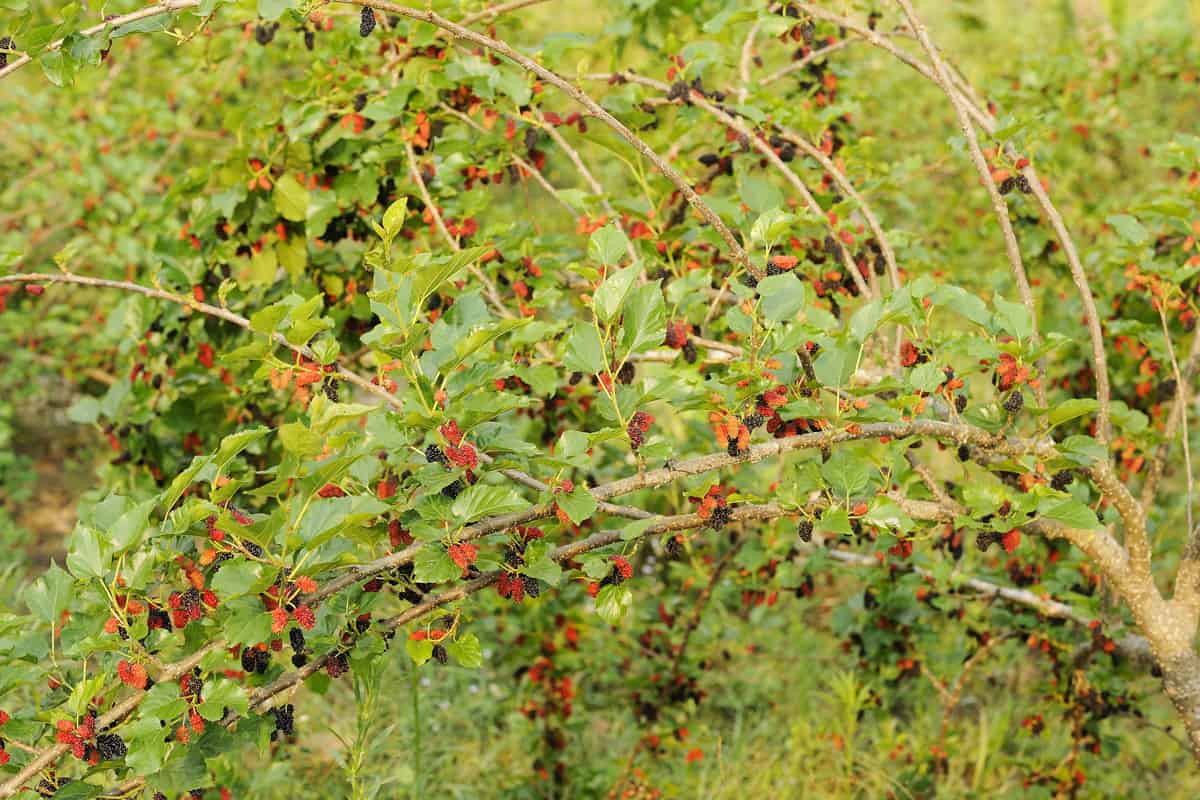
Arborists, gardening enthusiasts, and many homeowners all agree that mulberry trees are invasive. The innate characteristics of the tree—its leaves, roots, and growing patterns—are hallmarks that make it invasive.
The tree can damage your property and the ecosystem. It can wreak havoc and undermine your home's foundation. Therefore, planting a mulberry tree in your backyard requires careful planning.
You can earn more about mulberry trees by clicking on these posts:
How To Propagate A Mulberry Tree?
How To Tell If A Deciduous Tree Is Dead
